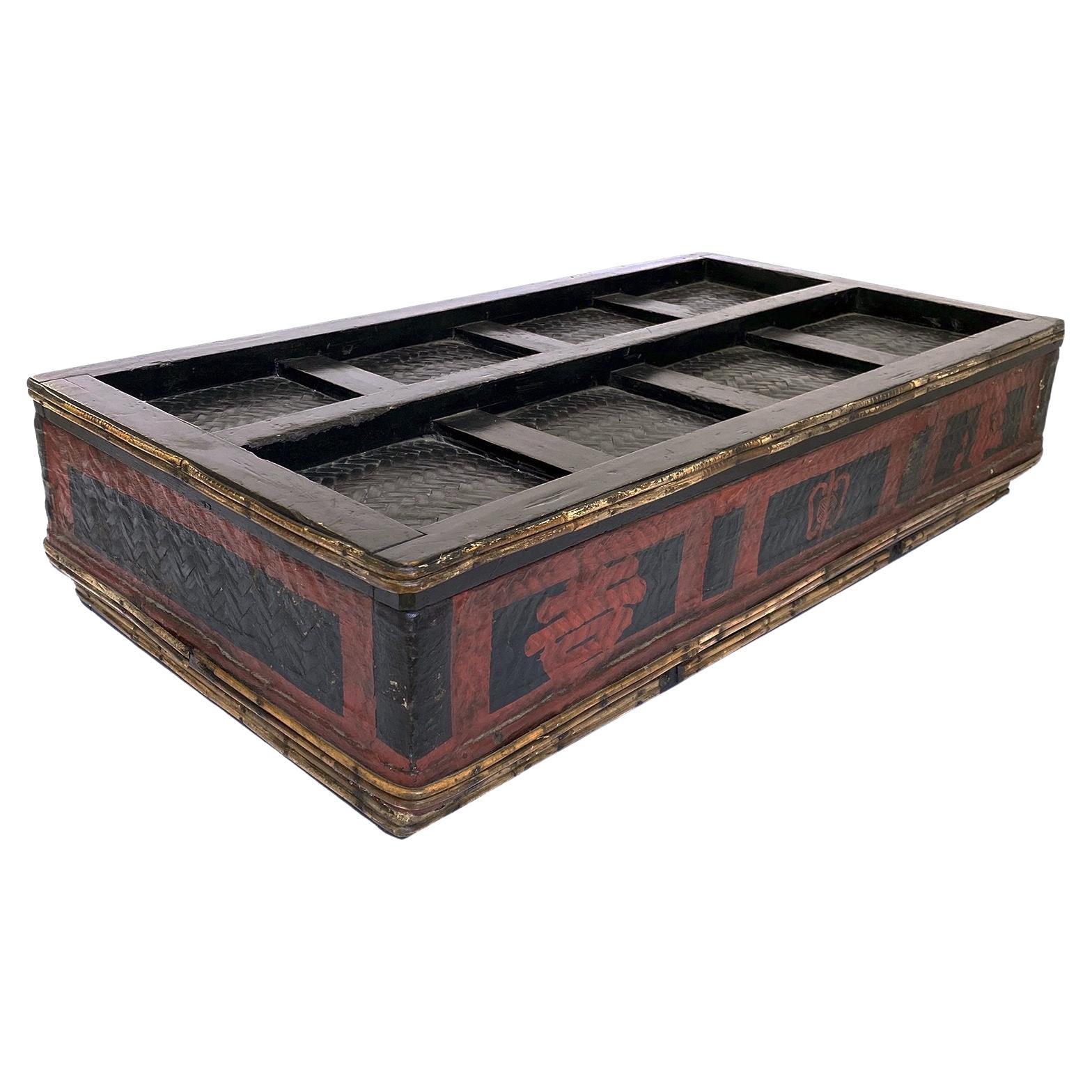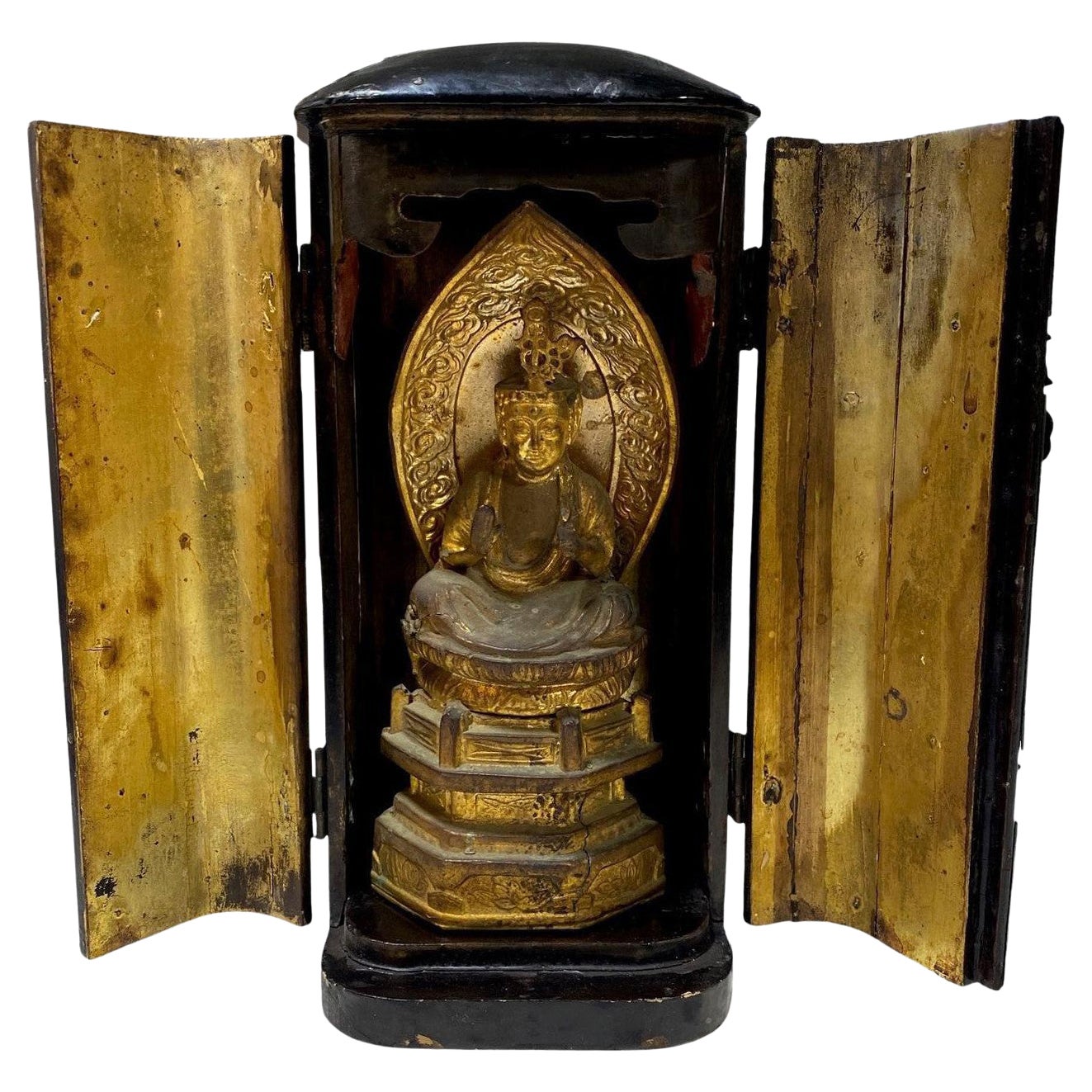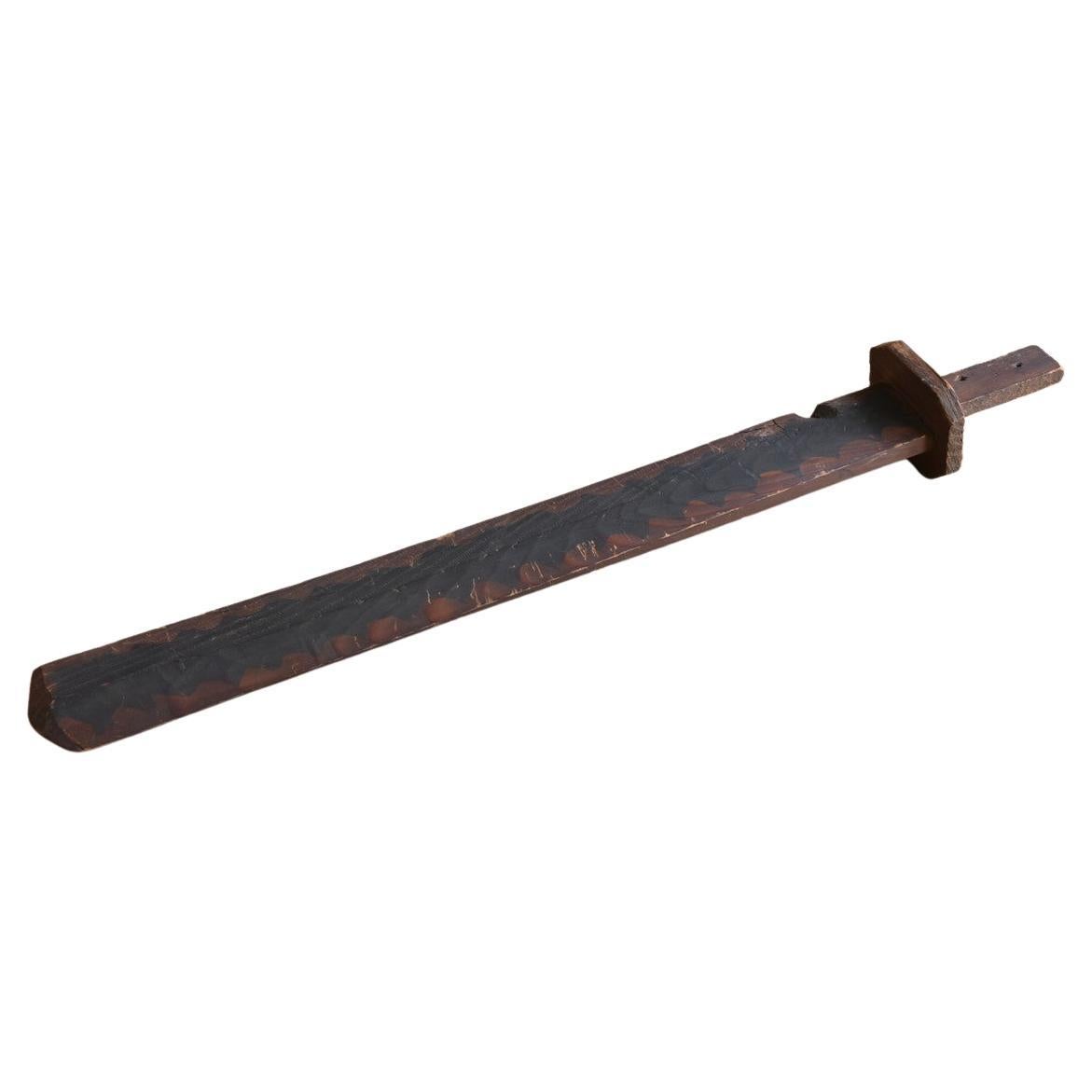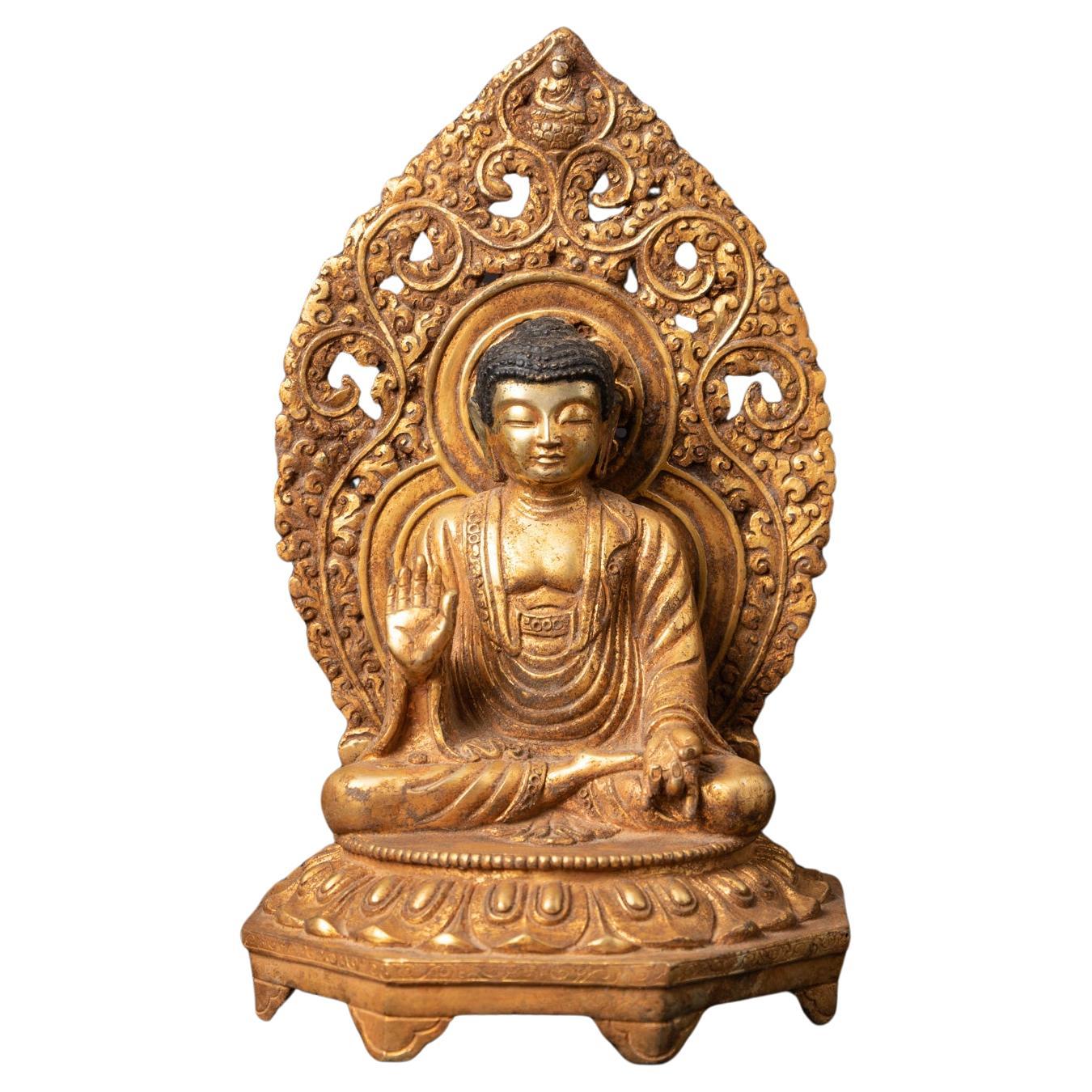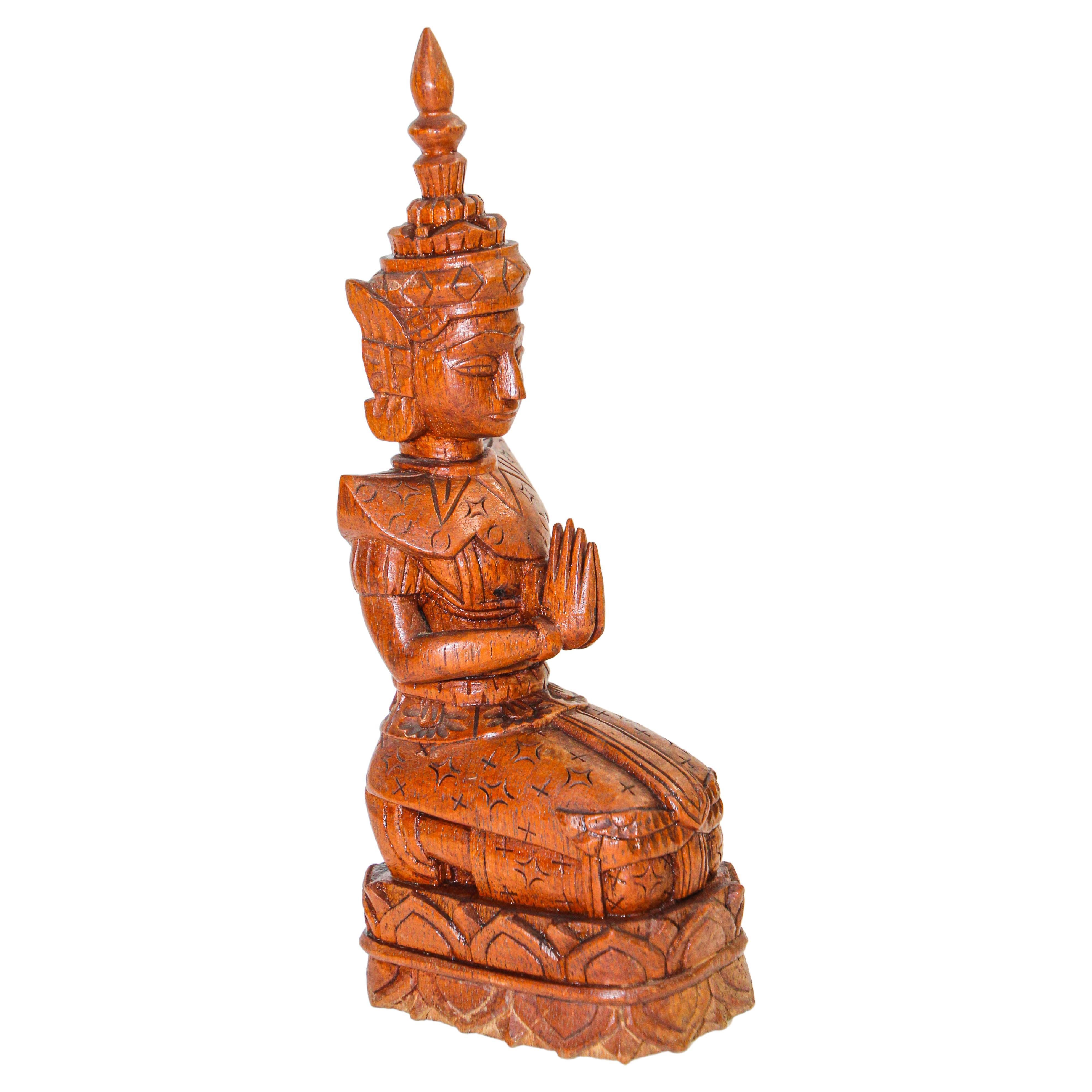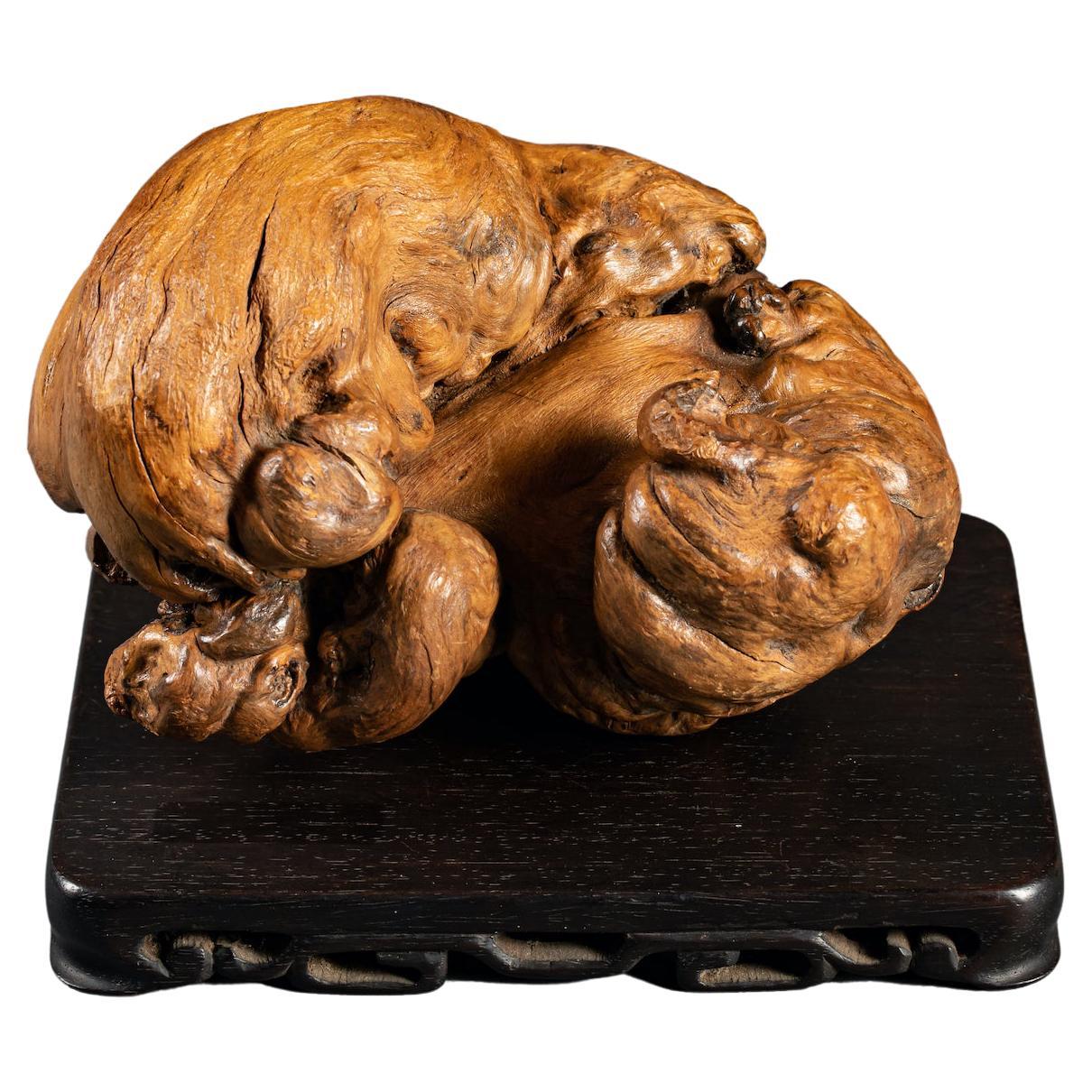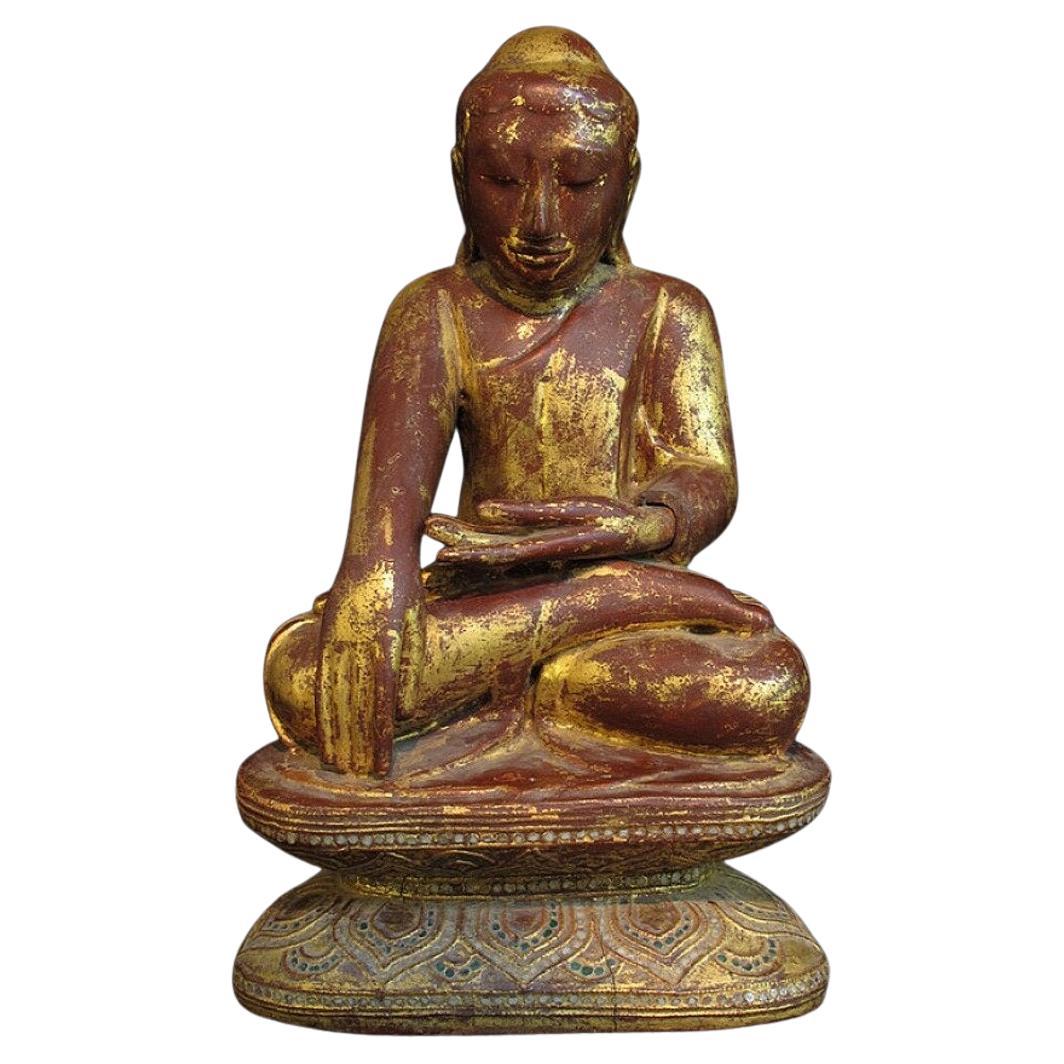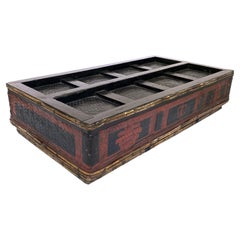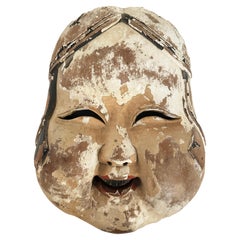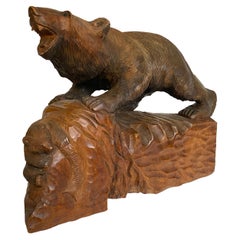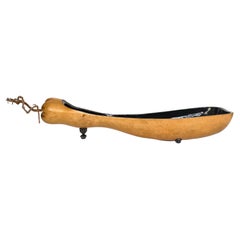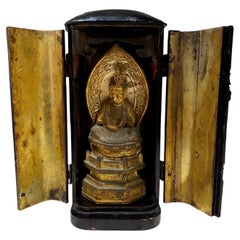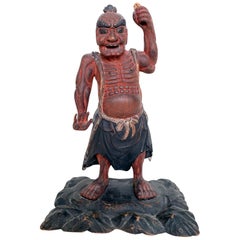
Nio, Guardian of the Buddha Guatama, Polychrome Wood, Japanese, Meiji
View Similar Items
Want more images or videos?
Request additional images or videos from the seller
1 of 6
Nio, Guardian of the Buddha Guatama, Polychrome Wood, Japanese, Meiji
Price:$360
$450List Price
About the Item
- Dimensions:Height: 14 in (35.56 cm)Width: 7 in (17.78 cm)Depth: 4 in (10.16 cm)
- Style:Meiji (Of the Period)
- Materials and Techniques:
- Place of Origin:
- Period:
- Date of Manufacture:Early 20th Century
- Condition:Wear consistent with age and use.
- Seller Location:Point Richmond, CA
- Reference Number:Seller: GUFA19351stDibs: LU1778220305352
About the Seller
5.0
Platinum Seller
Premium sellers with a 4.7+ rating and 24-hour response times
Established in 1999
1stDibs seller since 2015
679 sales on 1stDibs
Typical response time: 1 hour
Authenticity Guarantee
In the unlikely event there’s an issue with an item’s authenticity, contact us within 1 year for a full refund. DetailsMoney-Back Guarantee
If your item is not as described, is damaged in transit, or does not arrive, contact us within 7 days for a full refund. Details24-Hour Cancellation
You have a 24-hour grace period in which to reconsider your purchase, with no questions asked.Vetted Professional Sellers
Our world-class sellers must adhere to strict standards for service and quality, maintaining the integrity of our listings.Price-Match Guarantee
If you find that a seller listed the same item for a lower price elsewhere, we’ll match it.Trusted Global Delivery
Our best-in-class carrier network provides specialized shipping options worldwide, including custom delivery.More From This Seller
View AllMeiji Period Red and Black Painted Kimono Storage Box, Japan
Located in Point Richmond, CA
Japanese Kimono storage box, constructed of wood and bamboo, painted black with family crest painted in red on the sides. The top has wood slats, which ...
Category
20th Century Japanese Meiji Sculptures and Carvings
Materials
Wood
$600 Sale Price
20% Off
Large Wood Carved Otafuku, Goddess of Mirth, Japanese, Early 20th Century
Located in Point Richmond, CA
Large wood carved Otafuku , Goddess of Mirth, Japanese, 20th Century.
Sometimes known as Okame, a beloved and popular symbol in Japanese culture. With plump cheeks and joyful smile...
Category
Early 20th Century Japanese Other Sculptures and Carvings
Materials
Wood
Carved Wood Ainu Bear with Baby and Fish, Hokkaido, Japan, Keyaki, Showa Period
Located in Point Richmond, CA
Ainu Bear with baby and fish, Hokkaido, Japan, Keyaki, Showa period.
Hewn from one solid piece of Keyaki wood, this bear flashes a ferocious expression or...
Category
20th Century Japanese Showa Sculptures and Carvings
Materials
Wood
$1,106 Sale Price
25% Off
Japanese Lacquered Gourd Ikebana Vessel, with Storage Box, Mid-20th Century
Located in Point Richmond, CA
Large Japanese Lacquered Gourd Ikebana vessel with storage box, mid-20th century.
Ikebana, the art of flower arrangement, is one of the most sublime ...
Category
20th Century Japanese Mid-Century Modern Sculptures and Carvings
Materials
Wood
Japanese Shop Sign "Kanban" for Footwear, Double-Sided, Keyaki Wood, Late Meiji
Located in Point Richmond, CA
Japanese shop sign "Kanban" for Footwear, double-sided, Keyaki wood, Late Meiji.
This wooden sign reads "Yorozu" meaning many different varieties...
Category
20th Century Japanese Meiji Wall-mounted Sculptures
Materials
Wood
Saki-Ori Farmers Coat, Northern Japan, Meiji Period
Located in Point Richmond, CA
Saki-ori farmers coat, Northern Japan, Meiji period
A very heavy and substantial saki-ori coat, made of cotton with an indigo kasuri lapel. Several patches of hand sewn stitching ...
Category
20th Century Japanese Meiji Textiles
Materials
Cotton
You May Also Like
Japanese Wood Gilt Lacquer Buddha Buddhist Temple Traveling Zushi Shrine Altar
Located in Studio City, CA
A wonderful Japanese Buddhist portable traveling zushi shrine altar with Amida Buddha (Amitabha) concealed inside the folded wood doors.
This work dat...
Category
Early 20th Century Japanese Showa Sculptures and Carvings
Materials
Metal, Gold Leaf
Wooden Sword of Old Japanese Buddha / 1800-1900 / Wall-Mounted Object
Located in Sammu-shi, Chiba
This is an introduction to a slightly unusual item.
This is a wooden sword possessed by the Buddha statue.
Only the sword remained.
Gods such as Fudo Myo, who reign as Buddhist guardians...
Category
Antique 19th Century Japanese Edo Sculptures and Carvings
Materials
Cedar
Set of Three Japanese Wood Netsukes
Located in Atlanta, GA
Set of three Japanese netsukes carved out of wood with a reddish stained finish, appear to be circa mid-20th century. One depicts a frog holding a trumpet; one a rooster eating grain...
Category
Mid-20th Century Japanese Japonisme Sculptures and Carvings
Materials
Wood
$1,200 / set
Middle 20th century Old bronze Japanese Amida Buddha statue from Japan
Located in DEVENTER, NL
Material : bronze
28,4 cm high
17 cm wide and 17 cm deep
Fire gilded with 24 krt. gold
Abhaya mudra
Middle 20th century
Bought in Nepal in 2022
Weight: 2,99 kgs
Originating from Japa...
Category
Mid-20th Century Japanese Sculptures and Carvings
Materials
Bronze
Vintage Carved Wood Thai Buddha Figure Kneeling and Praying
Located in North Hollywood, CA
Vintage Wood Carving Art Thai Buddha Figure kneeling and praying.
Vintage Mid century wood carving art of a peaceful Thai female figure kneeling and praying.
Beautifully detailed figurine reproduction of a classic Thai style Thepanom, an Aparasa in Sanskrit, similar to an angel in Judeo-Christian tradition.
This Thepanom statue is an outstanding reproduction of a beautiful carving of the divine crafted from a honey colored wood.
Add this Asian art sculpture to any room to relax and renew inner strength and happiness.
A Thepanom is thought provide a delicate, divine energy for living room, bedroom, office or study. In Thailand, a Thepanom is considered a thoughtful gift of respect and friendship.
Very nice work with good details. She is 9" tall.
Thai kneeling...
Category
Mid-20th Century Thai Folk Art Sculptures and Carvings
Materials
Wood
Japanese Root-Wood Sculpture of Two Shi Shi Lion Pups
Located in Hudson, NY
with rosewood stand. Must use imagination to see. Collectors kiri-wood box.
Category
Antique Late 19th Century Japanese Sculptures and Carvings
Materials
Wood
